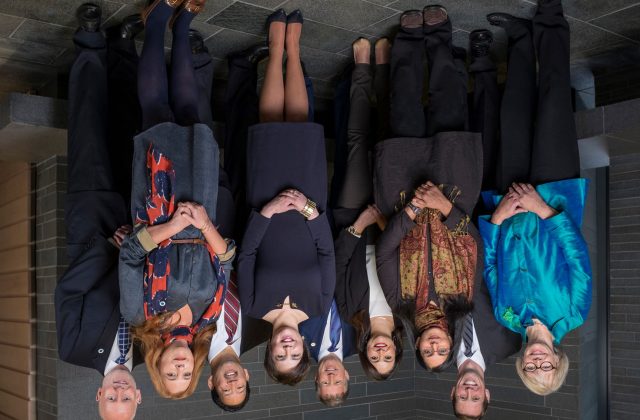How Does Seattle’s Bad Housing Policy Hurt Rural Immigrants?
When people in the media talk about a housing “crisis” (I still haven’t seen a quantitative definition of what that means) the image conjured up is usually an urban one. Whether it is homelessness or high rents or the lack of so called “workforce housing,” the concentration of the energy on the issues is mostly on cities and especially Seattle. But Seattle’s anti-supply regime of fees, process, rules and restrictions doesn’t just make housing prices higher in Seattle, but it is sucking resources away from the rest of the state that has housing problems too. Take the example of families at the foot of Rattlesnake Ridge in Yakima. Their story illustrates how regulatory overreach and the hegemony of non-profit developers harms vulnerable people in rural Washington.
In a story headlined, “Residents Displaced By Rattlesnake Ridge Landslide Struggle to Find New Homes,” radio reporters Anna King and Esmy Jimenez chronicles the struggles of families that had to move out of the path of a potential landslide in Yakima.
In the Yakima Valley, the supply of vacant rental housing is even lower—around 1 percent.
“It is really hard for anybody to find housing and I don’t care what income you’re talking about,” Yakima Housing Authority Executive Director Lowel Krueger said.
That’s because in Central Washington, the Great Recession pummeled the construction industry and for many years, fewer new homes were built, Krueger said. Many who used to qualify for mortgages don’t anymore, so there is a surplus of people looking for rentals instead of owning their own homes.
There it is: supply not keeping up with demand. Seattle’s vacancy rate is around 3 percent, so the scarcity of housing is worse in rural Washington. And who are these people who are struggling with a crisis of supply?
Many of the low-income residents in the area are agricultural workers. They work seasonally, often earning only the minimum wage. Sometimes, like in the dead of winter, there’s no work at all, and so it’s an even bigger struggle to put together the cash they need for a deposit, and first and last month’s rent.
What makes that problem even worse?
Nearby there’s another complex specifically for farmworkers. Catholic Charities has a total of 800 units spanning from Wenatchee to Yakima to Benton City.
But for every low-income unit they build, four families are already lined up waiting to fill it.
Emergency officials managing the Rattlesnake Ridge landslide reached out to Catholic Charities for help resettling the residents who were displaced, but the nonprofit didn’t have any room.
So most of the residents who were evacuated are still holed up in a hotel in Yakima.
Here’s a sad example of how the sucking of money from resources like the Housing Trust Fund for big, expensive projects like Capitol Hill Housing’s 12th Avenue Arts project ($47 million for 88 units, or $500,000 per unit!) is harming the rest of the state. The lack of market rate housing means more people need and qualify for subsidies. This means there are fewer subsidies and longer lines in Seattle. Prices go up, lines for subsidized units get longer and the non-profits cry for more, and more, and more money. They’re even going to wring cash out of market rate development through Mandatory Inclusionary Zoning (MIZ).
This cycle of exaction from market rate housing to fuel the growing need for subsidies is a self-imposed crisis if anything. If market rate housing could meet the demand without as many rules, prices wouldn’t be so high, and the demand for subsidies would fall; that would free up resources like the State’s Housing Trust Fund for other needs across the state. Instead, the City Council would rather choke the supply of housing with crazy bike parking requirements, make prices worse, then complain there is a crisis and clean out the housing trust fund.
Meanwhile a Farmworker family faces an uncertain future.


